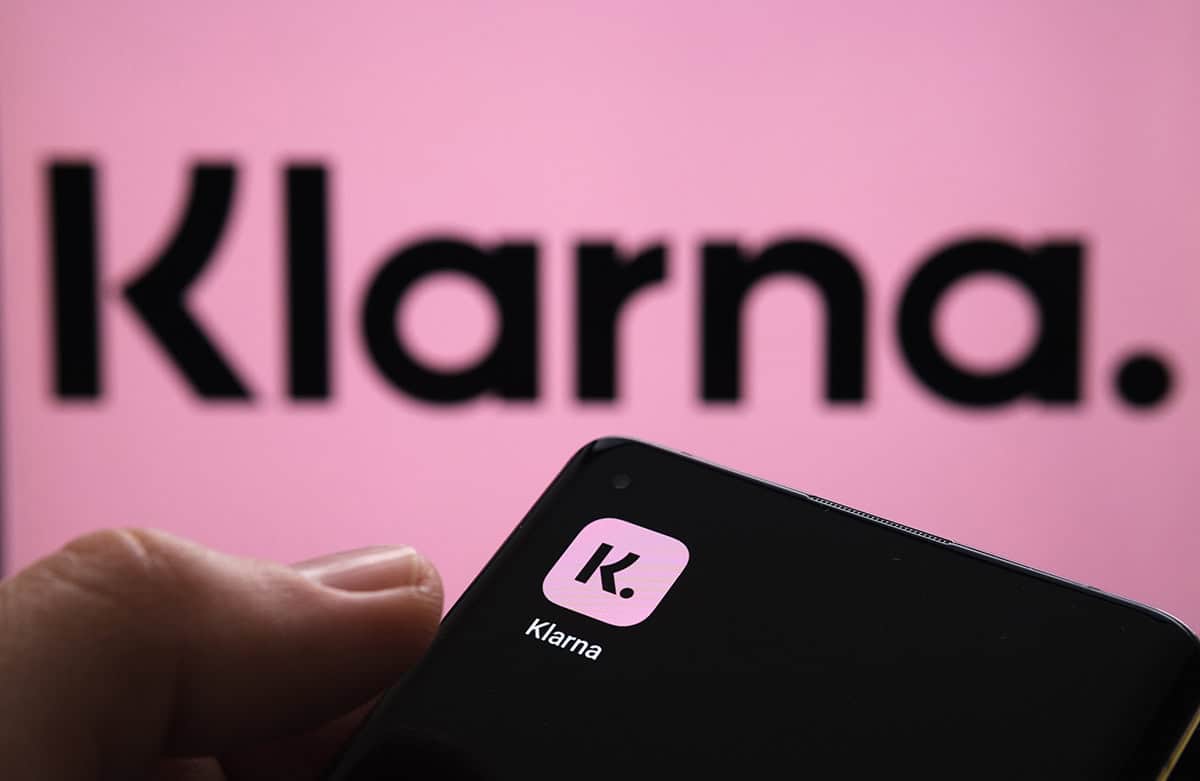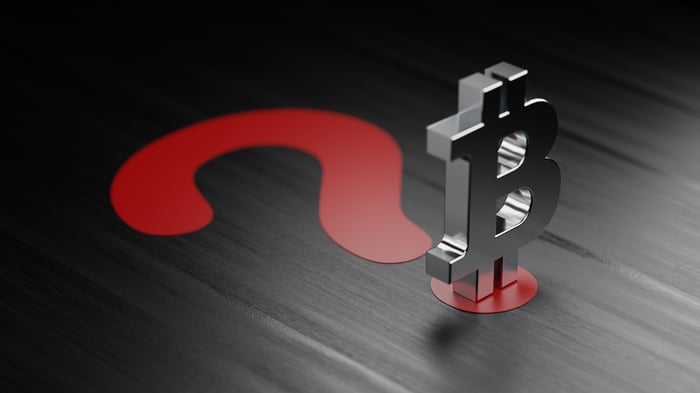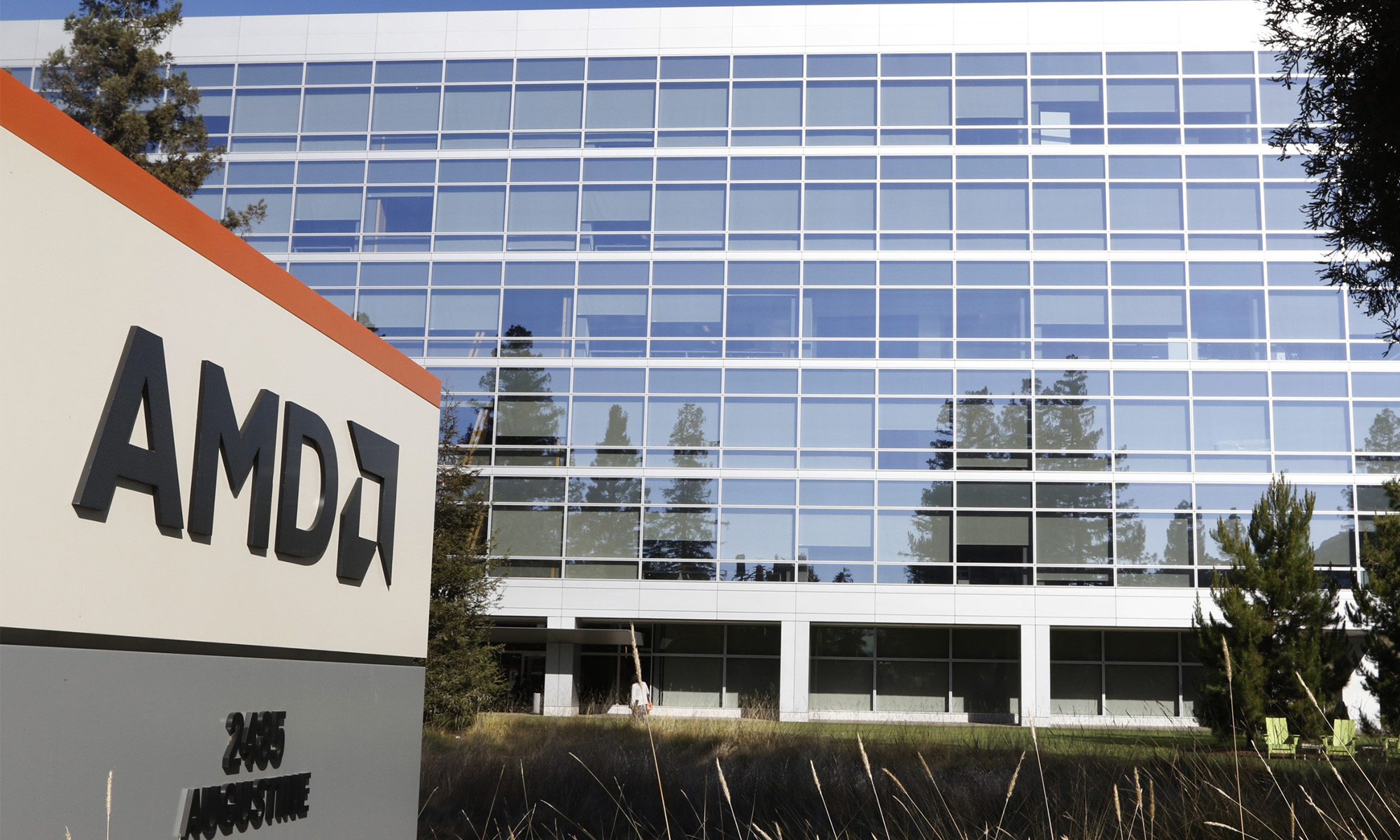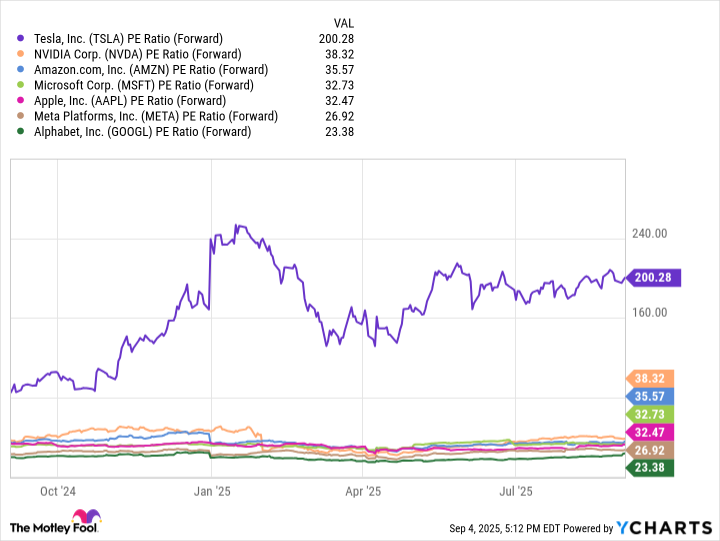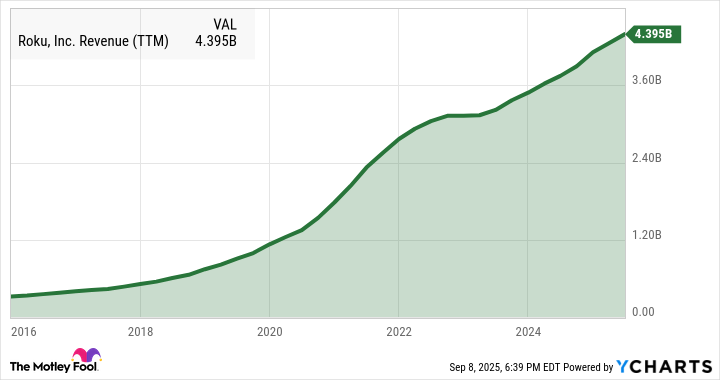Prediction: This AI Stock Will Be the Next to Join the Trillion-Dollar Club. And It Could Happen in the Coming Days.
The stock soared 35% in one trading session this week.
A handful of companies — from Nvidia to Microsoft — have seen their market value soar from the billions of dollars in recent years into the trillions. In fact, Nvidia reached a major milestone this summer when it became the first company to surpass the level of $4 trillion. It’s important to note that nearly every player with a valuation of $1 trillion or more operates in the high-growth area of artificial intelligence (AI).
This technology has helped revenue roar higher at these companies, and considering the growth forecasts for the AI market, this trend should continue for quite some time. The stock I’m going to talk about here has already benefited in a big way from the AI boom, and according to the company’s forecasts, an enormous amount of growth lies ahead.
This player wowed the market this week with its predictions for growth, and the stock surged, adding $244 billion in market cap in just one trading session. My prediction is this AI leader won’t stop here; it will become the next to join the trillion-dollar club — and this could happen in the coming days. Let’s zoom in on this company that’s rocking the AI market.
Image source: Getty Images.
What’s the trillion-dollar club?
First, though, a quick note on the trillion-dollar club. It isn’t exactly an official club with a particular structure — instead, it’s a way investors and analysts often refer to companies that have reached the level of at least $1 trillion in market capitalization. As mentioned, most of these players, unsurprisingly, considering the strength of the AI boom, are in the technology industry.
The AI stock I’m talking about isn’t a young start-up that’s recently roared onto the scene. This player has been around for almost 50 years, progressively building out its expertise. It started out as a database management specialist, and today it offers cloud infrastructure and other related products and services, too — all of these elements, together, have created an AI powerhouse. The company? Oracle (ORCL 35.96%).
This tech player, in the latest quarter, saw cloud infrastructure revenue soar 55%, and remaining performance obligations — or contract value yet to be recognized — skyrocket 359% to $455 billion. On top of this, the company predicted cloud infrastructure revenue will increase 77% to $18 billion in this fiscal year, then will progress over the coming four years to the following levels: $32 billion, $73 billion, $114 billion, and $144 billion.
Several multibillion-dollar customers
Oracle expects to win several multibillion-dollar customers in the coming months to set it on the path toward those goals. Though Oracle faces competition from other cloud providers, the company sets itself apart thanks to its ability to leverage the strength of its database offering and AI — large language models can be put to work on customer-specific questions without compromising security or privacy. Oracle also offers great flexibility to customers, even the ability to leverage the Oracle database across any cloud.
Customers have rushed to Oracle for the training of AI workloads, and now the company sees potential for massive growth in AI inferencing. So, there are a lot of reasons to be optimistic about Oracle right now, especially considering that analysts expect today’s billion-dollar AI market to reach into the trillions by the next decade. This signals AI isn’t just a short-term trend, but may be a lasting revolution.
My prediction
Now let’s take a look at my prediction. Oracle closed at about $328 on Sept. 10 after gaining more than 35% in one trading session. At this level, an 8.5% increase to $356 would push it to a $1 trillion market value — my prediction is this sort of movement, in light of Oracle’s solid growth outlook, could easily happen in a matter of days.
What does this mean for you as an investor? Oracle’s climb toward $1 trillion — or even past that level — is positive as it shows the investment community believes in this growth story. It also may increase the weighting of the stock in market cap-weighted indexes like the S&P 500. As a result, funds tracking the benchmark would have to boost their holding of Oracle accordingly.
A gain in market cap, though, isn’t a reason on its own for buying a stock. So, you wouldn’t want to pile into Oracle just because it reaches a certain level. But Oracle is a buy today because of the reason behind this market value movement — and that’s growth. So, whether Oracle enters the trillion-dollar club in the coming days or not, it makes a fantastic stock to buy and hold as this AI boom marches on.
Adria Cimino has positions in Oracle. The Motley Fool has positions in and recommends Microsoft, Nvidia, and Oracle. The Motley Fool recommends the following options: long January 2026 $395 calls on Microsoft and short January 2026 $405 calls on Microsoft. The Motley Fool has a disclosure policy.



